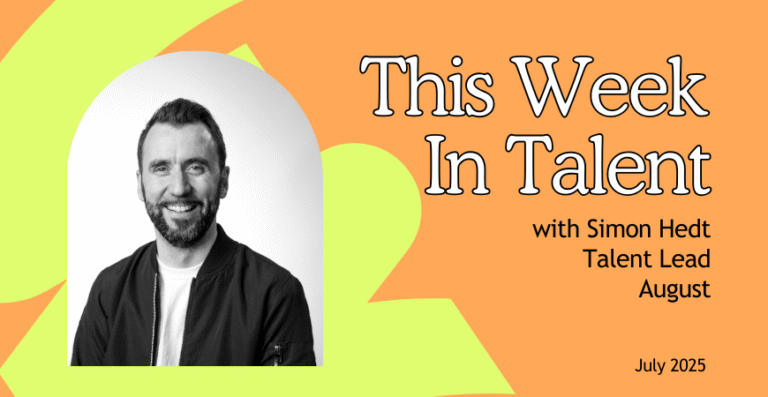Those of you that know me, know how much I want to see others thrive when it comes to their career. Recently I gave a talk that highlighted the importance of taking ownership of your career and the tools to be able to do this effectively. I discuss this with my coachees when they are to embark on a new career move too.
A question that comes up is – what is the difference between a career destination versus a career home Jo?
A career destination is, for a set period of time and may not necessarily transpose to a new opportunity in the very business you choose to take a role with; sad but unfortunately true.
Some businesses are still grappling with how to manage internal mobility effectively.
A career home is somewhere you join for the long term with the intention, offering and opportunity of working on a multitude of different things when you are ready for the next stage – having many career destinations in the one business you are working in and typically a step up. What if I told you that you can take accountability and explore this even if the business you are working in does not have a clear internal career pathway program or process for their employees?
In this current market, more and more people are reviewing the next role they progress to. Making a decision of what role to take & when depends on your must haves, your mindset, life circumstances vs. the company offering, their products and services, their values vs. yours, the role they have and the future you preempt with them. It is a risk and so decisions should be made consciously.
Here are 7 possible steps to own your career on an ongoing basis to avoid career unhappiness and make conscious decisions that can lead to continued growth:
Step 1
Evaluate your skills – ask others for their view and do an assessment.
Step 2
Consider your options v’s the market needs or pain points you can address.
What roles exist out there right now, who may be working in the roles you aspire to. How does this fair up with your skills v’s pain points you can address?
Step 3
Collate all your personal branding collateral.
This includes things like your LinkedIn, CV and other social platforms you use and places you showcase your skills.
Step 4
Do your research & figure out the product/services/companies you would want to work for and network with; reach out, apply and have those robust conversations.
Step 5
Practice articulating your career story and sharing the key things you are ‘proud of’ having achieved; this will get you ready for ‘interviews’.
Step 6
Create your career plan using the Rapid Planning Method (RPM).
Step 7
Take those big outcomes from your plan and break it down into incremental actions on a weekly, monthly or yearly basis depending on your timeline.
For more tips, join my slack community here: https://lnkd.in/g8jv5r5W







